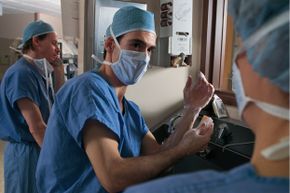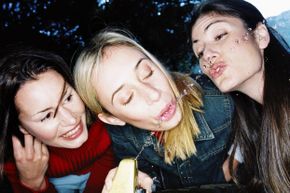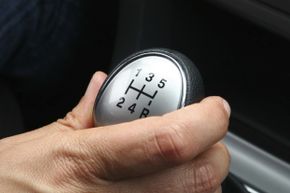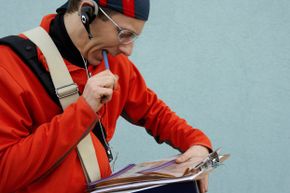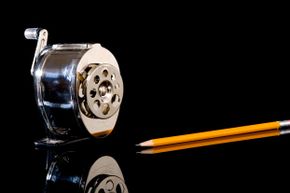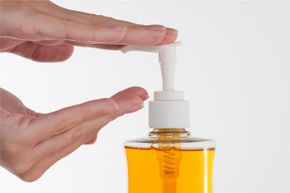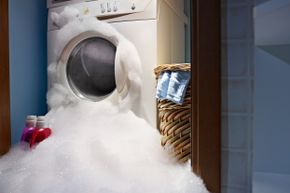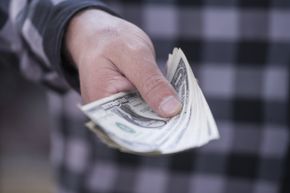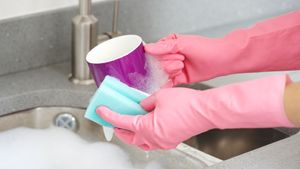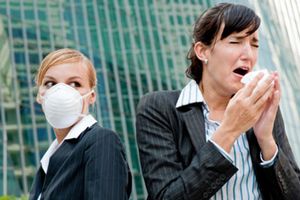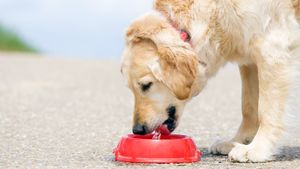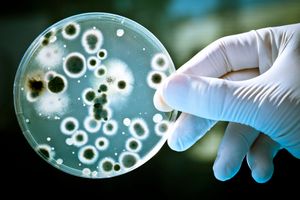Most of us recognize the importance of washing our hands throughout the day. We keep antibacterial soap by our sinks and hand sanitizer in our pockets. Then, after we press the flesh at networking events or finish our bathroom duties, we pretend we're a doctor scrubbing for surgery. But sometimes we're less fastidious when we encounter objects that seem beyond the reach of bacteria and viruses. In reality, we come in contact with an array of fomites -- materials or surfaces that are likely to carry infection -- every day of our lives.
On the next few pages, we have a list of 10 things you might think are benign but are actually crawling with bacteria and other wee-beasties. Our first stop will make you think twice about getting that cool, refreshing drink of water from a public fountain.
Advertisement
